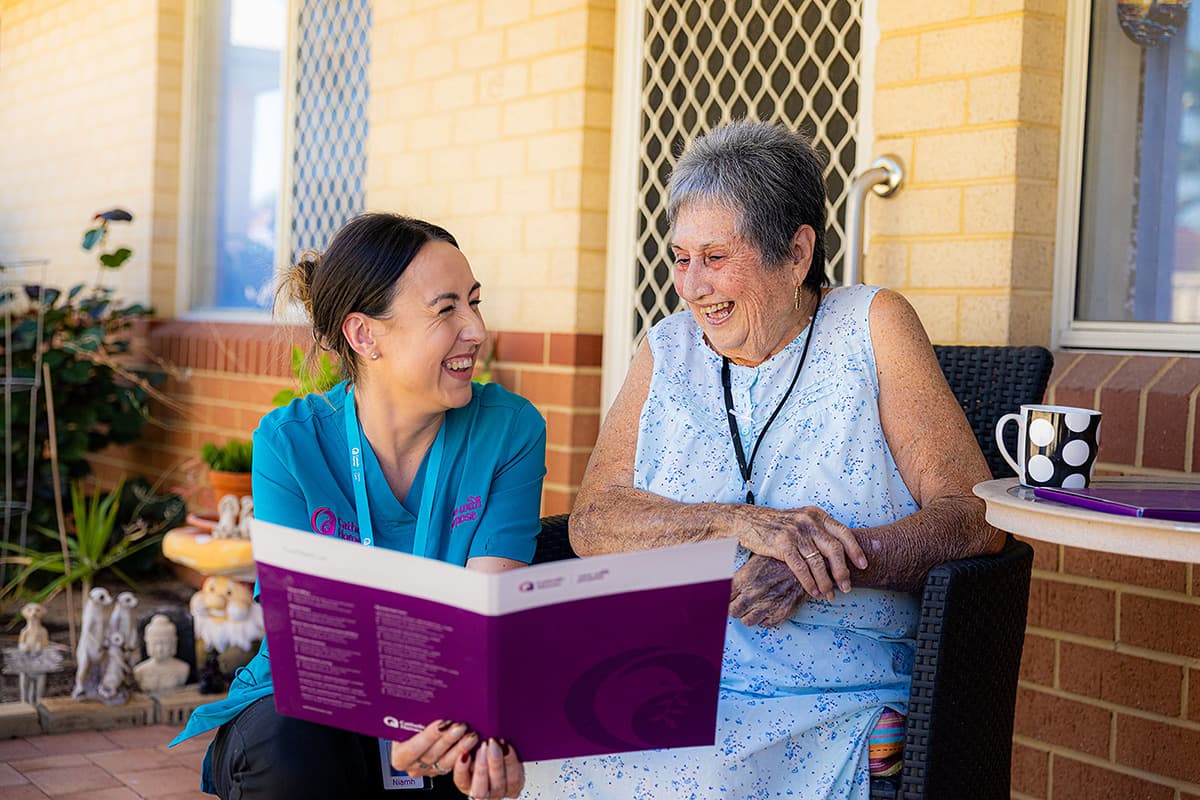5 Things You Need to Know About Changes to the Home Care Package System
From 1 July 2025, the Home Care Package system will change as part of the Australian Government’s new Support at Home program. These changes are designed to:
- Simplify the system
- Reduce waiting times, and
- Ensure funding is used more effectively to support older Australians to continue to live independently at home.
If you’re currently receiving a Home Care Package or are about to start receiving one, it’s essential to understand what is changing and what you need to do next to ensure you continue to receive the care and support you need.
Home Care Packages Will Transition to the Support at Home Program
The Support at Home program will replace the existing Home Care Packages (HCP) and Short-Term Restorative Care (STRC) programs. Current Home Care clients will be automatically transferred to this new system without disrupting their care or funding.
If you have a Home Care Package and were assessed before the 12th of September 2024
- You don’t need to reapply for a Support at Home package; your current funding level will remain the same until you are reassessed.
- The structure and pricing of services will change to align with the Government’s regulatory requirements.
- You may choose to discuss new service options with Catholic Homes or your current provider.
- Find out how you can switch to Catholic Homes
If you have a Home Care Package and were assessed after the 12th of September 2024
- The Government should allocate you a new Support at Home package aligned to your assessed funding level.
- Your Support at Home services will be structured and priced to align with the Government’s regulatory requirements.
- You may choose to discuss your service options with Catholic Homes or your current provider.
- Find out how you can switch to Catholic Homes
New Funding Levels and Service Pricing Caps
Under the new system, funding levels will be categorised into eight ranges, spanning from $11,000 to $78,000 per year.
Additionally, service price caps will be introduced in 2026 to prevent other providers from charging excessive fees, ensuring that your funding goes further toward actual care services rather than administrative costs.
Use it or Lose it
Currently, Home Care clients can bank any unspent funds. However, from July 1, 2025, clients will only be able to bank every quarter up to 10% or $1,000 (whichever is higher) of their home care package, which can be carried over to the next quarter.
The Government is hoping this will encourage Support at Home clients to spend their allocated funds on the support they have been assessed for, rather than saving them.
What you need to do
- Review how your package is spent and ensure your provider is transparent about costs and fees.
- Ask how Support at Home will affect your current services.
- Find out how you can switch to Catholic Homes
Increased Access to Assistive Technology and Home Modifications
One of the most significant changes is the immediate access to funding for essential aids and modifications. Instead of waiting for funds to accumulate in your package, you can access up to $15,000 for mobility aids, shower rails, and ramps as soon as you need them.
What this means for you
- If you’ve been waiting for mobility aids or home modifications, you’ll have faster access to them.
- Discuss with your Case Manager what assistive technology might help improve your quality of life.
New End-of-Life and Short-Term Support Programs
Two additional pathways are being introduced to provide more flexible care options:
- End-of-Life Support | A new program will offer up to $25,000 over three months for individuals seeking palliative care at home.
- Short-Term Restorative Care | This program will be extended from 8 to 12 weeks, helping those recovering from illness or injury regain independence.
What you need to do
- If you or a loved one may need palliative care, discuss with your healthcare provider how this new funding can help you plan.
- If you’ve recently been in the hospital, consider whether short-term care could support your recovery.
New Rules on Client Contributions and Payment Caps
While many services will continue to be fully funded, there will be some changes to how contributions are calculated for everyday support services, such as cleaning and gardening.
Clinical services, such as nursing and allied health, will remain fully covered by government funding.
Independence support services will require a contribution of 5-50% of your income and assets, depending on your financial situation.
Higher contributions (ranging from 17.5% to 80%) will be required for everyday living support, such as domestic assistance.
A lifetime cap of $130,000 will be introduced, ensuring no individual pays more than this amount.
What you need to do
- Verify if your contributions will be affected under the new model.
- Ask your provider to clarify how your services will be billed and to complete a revised budget for you.
What’s Next? Find Out How Catholic Homes Can Support You
We are committed to ensuring a seamless transition under the new Support at Home program. Regardless of how the system evolves, you will always receive care with compassion, dignity, and respect.
Book a face-to-face meeting with Janine today to discuss how these changes affect you and how we can continue to support your care needs. She will guide you through what these reforms mean for your specific situation and help you plan with confidence.
Call us on 1300 244 000 or complete the form, and Janine will be in touch with you.
Read more on our other blogs:
